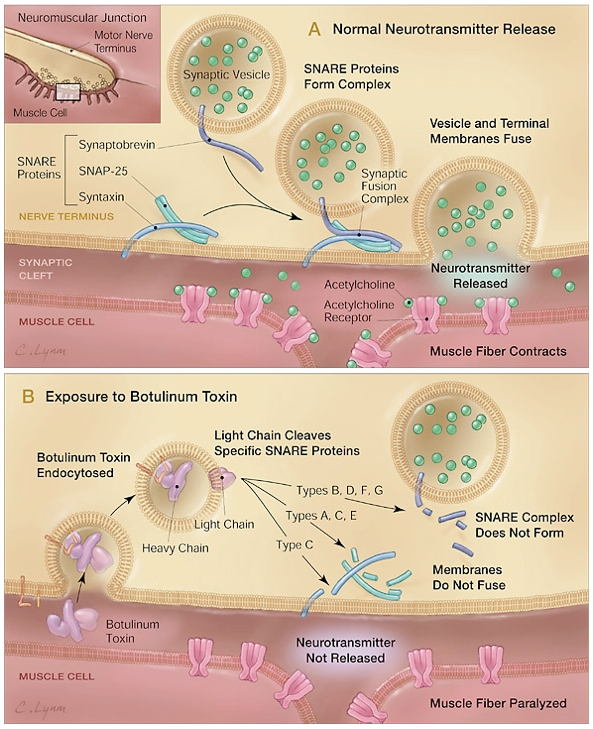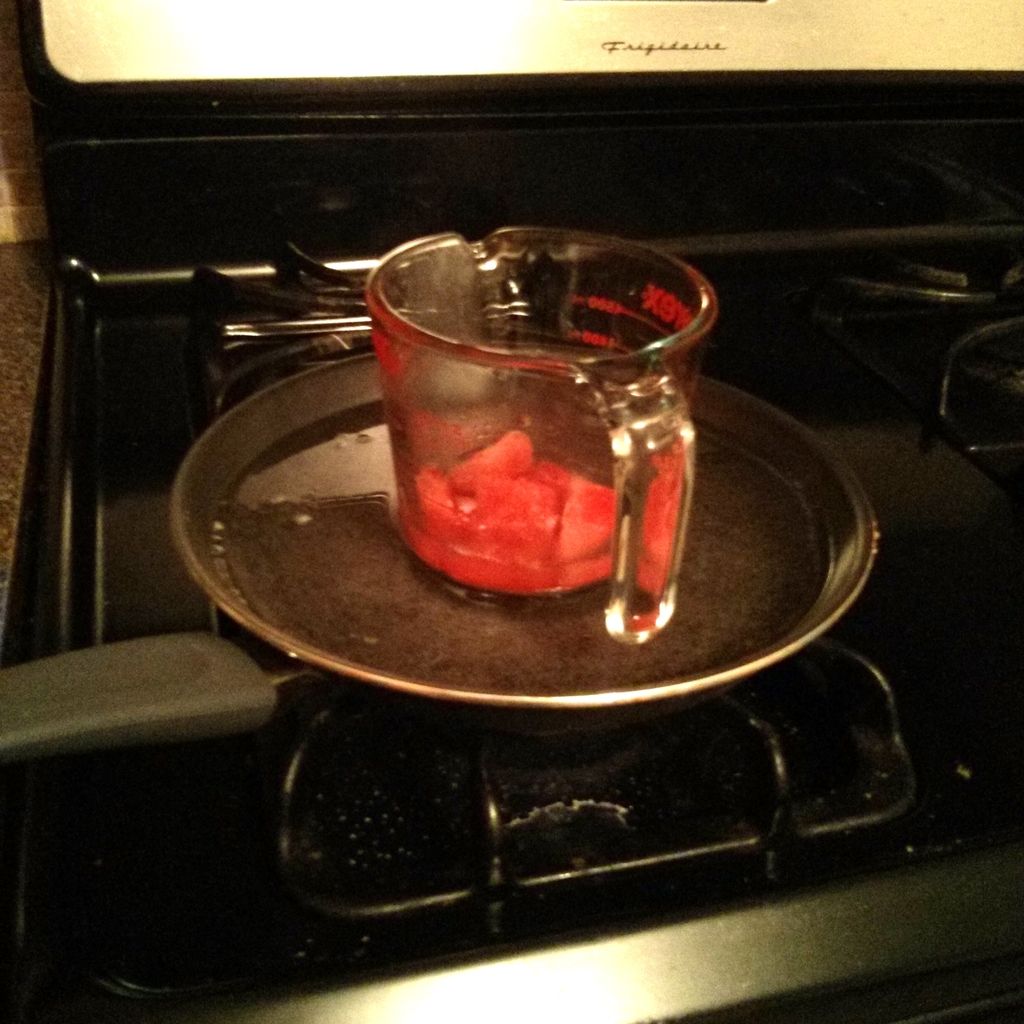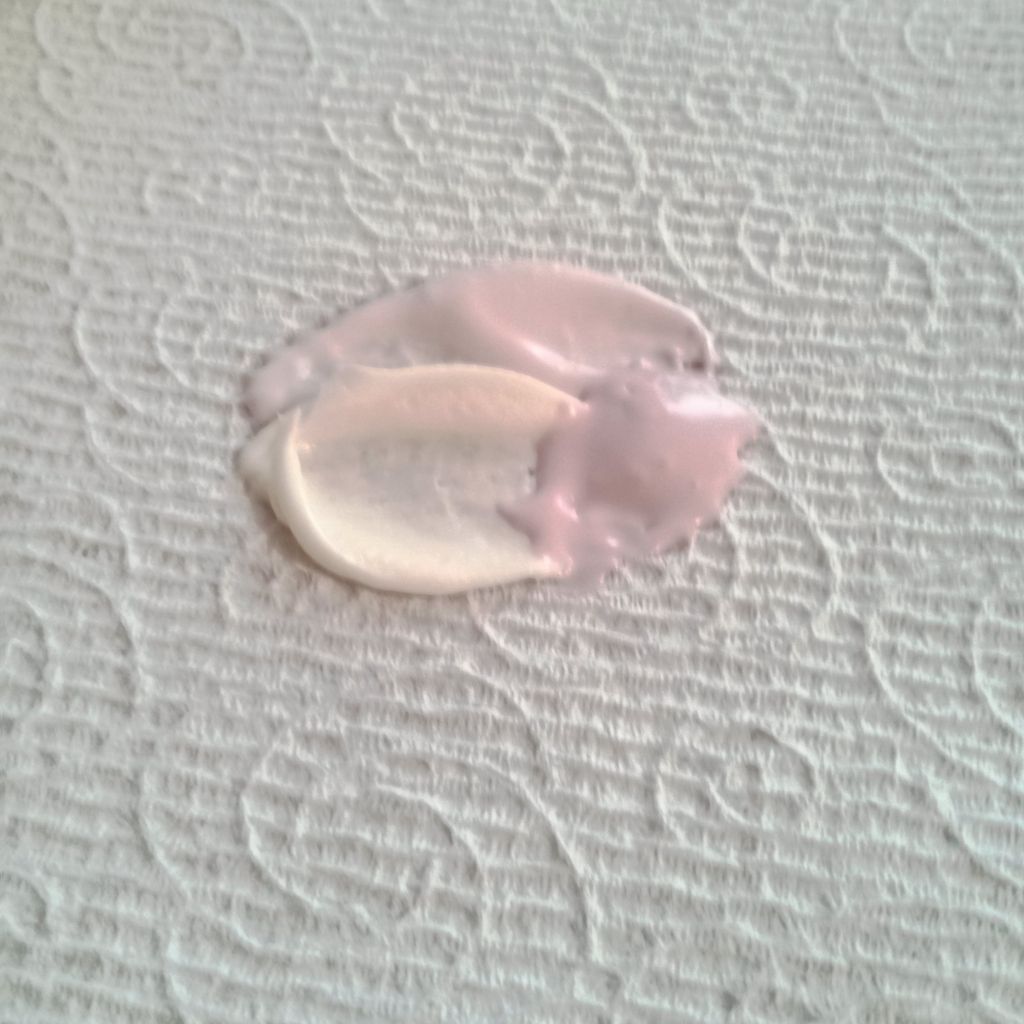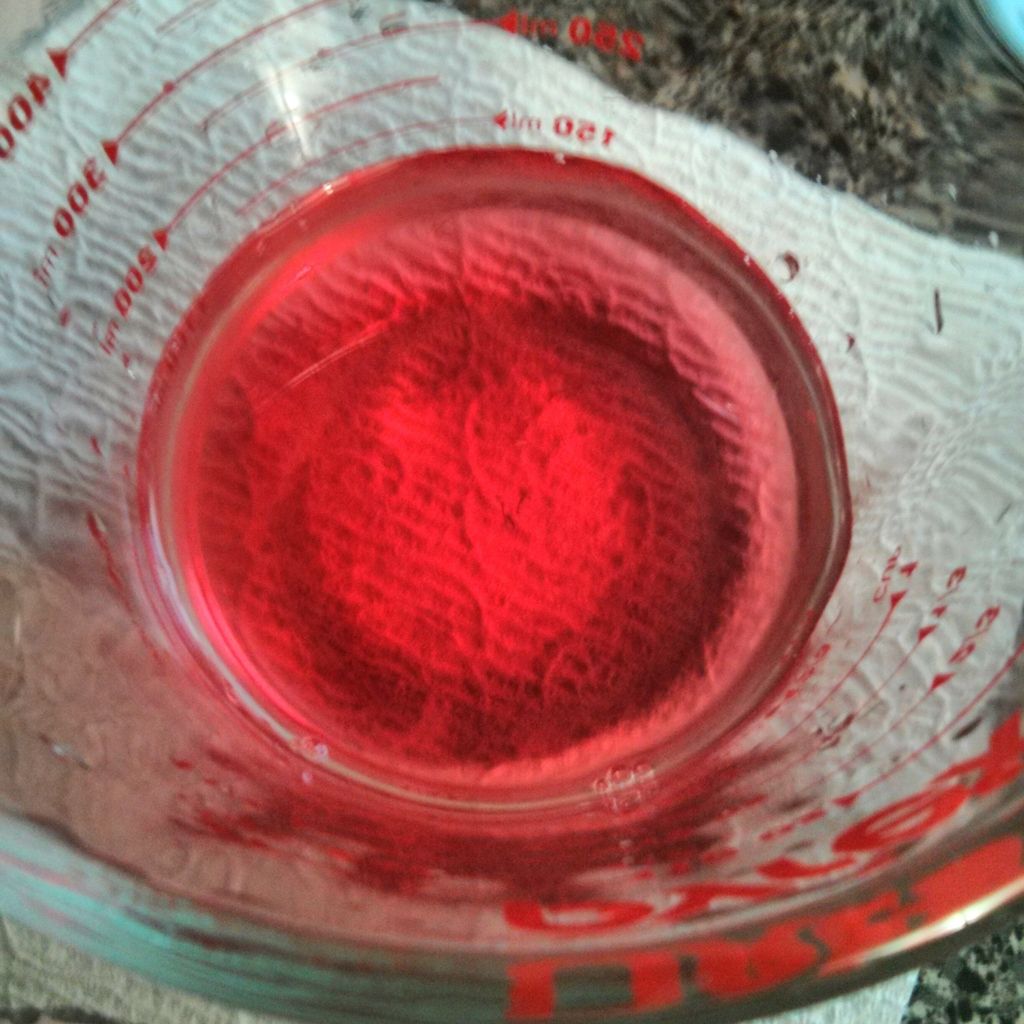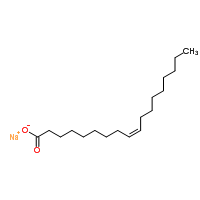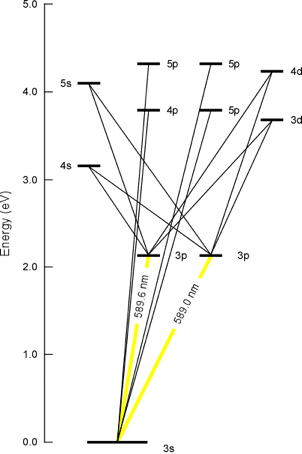Let's continue. From calculus, we know that to find a maximum of a given
single-variable function, we take the derivative, or the slope of the function,
with respect to the variable and find where the derivative equals to zero. This
is because the slope of a function is zero where the function changes from increasing
to decreasing or decreasing to increasing output values (aka peaks and valleys).
Equation 24 from Part 2 is rather ugly, however, so let’s set the derivative
with respect to k=v2/v1 (the ratio of final and initial velocity) as our plan
of attack (reminder: ve, v1 and v2 are all known constants in this expression).
Let’s do this now.
25.
P=1/4rAv13(1-k2+k-k3) (substitution of
k=v2/v1 into equation 24)
26.
dP/dk=1/4rAv13(0-2k+1-3k2)=1/4rAv13(-2k+1-3k2)=0
27.
-2k+1-3k2=0 ((1/4rAv13) is a giant multiplicative
non-zero constant term, so it can be
dumped into the zero never to emerge again (except by integration))
dumped into the zero never to emerge again (except by integration))
28.
k=1/3, -1 (solutions to equation 27, obtained by
factoring the second-degree polynomial and
letting each set of terms equal to 0 since if ab=0, either a=0 or b=0 makes the statement true)
letting each set of terms equal to 0 since if ab=0, either a=0 or b=0 makes the statement true)
Obviously, a negative value of k=v2/v1 does not make sense
since this requires that the wind hit the turbine and flow backwards, so we
will only keep the k=1/3 value. Plugging the value for k into equation 25, we
get:
29.
Pmax=1/4rAv13(1-1/9+1/3-1/27)=16/27(1/2rAv13)
To interpret this result, all that must be remembered is
that the total power in the original cylinder of wind was found to be
Pwind=1/2rAv13 in equation 7. Substituting in this expression reveals the
following relationship:
30.
Pmax=16/27Pwind
In other words, only 16/27, or 59.3%, of the total power in
a column of wind can ever be extracted by wind turbines (this is assuming 100%
turbine internal efficiency relative to the 59.3% limitation). This means that
there is an inherent limitation in the production efficiency of wind power
relative to available energy to be harvested.
Fig. 4: Turbine efficiency cartoon (Wikimedia)
And there you have it, Betz's Law in only 30 steps.
Fig. 4: Turbine efficiency cartoon (Wikimedia)
And there you have it, Betz's Law in only 30 steps.
So, knowing this, should we abandon wind power? The answer
is a definite no. Wind turbines have an installation cost in both money and
materials and also severe limitations as to practical operation, such as a
decreasing efficiency in high wind velocities to prevent structural damage, but
they are an important member of a small set of what I would consider to be true
renewable energy strategies. I won’t talk about this now since I feel guilty
about the density of the topic I just covered, but I will make this the topic
of my next post.
If you have any questions, leave them in the comments
section below and I’ll try to answer them as best I can.





